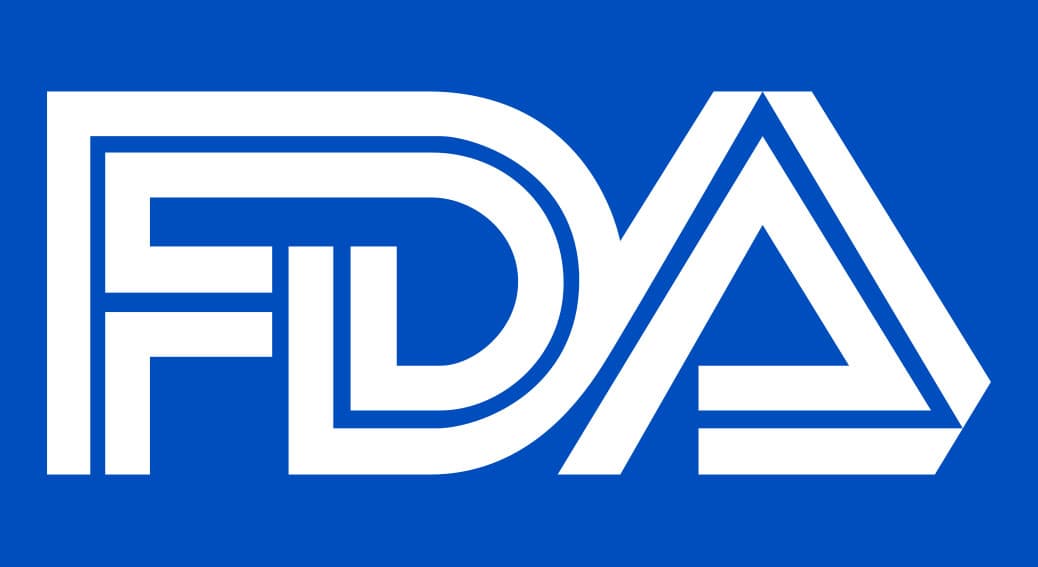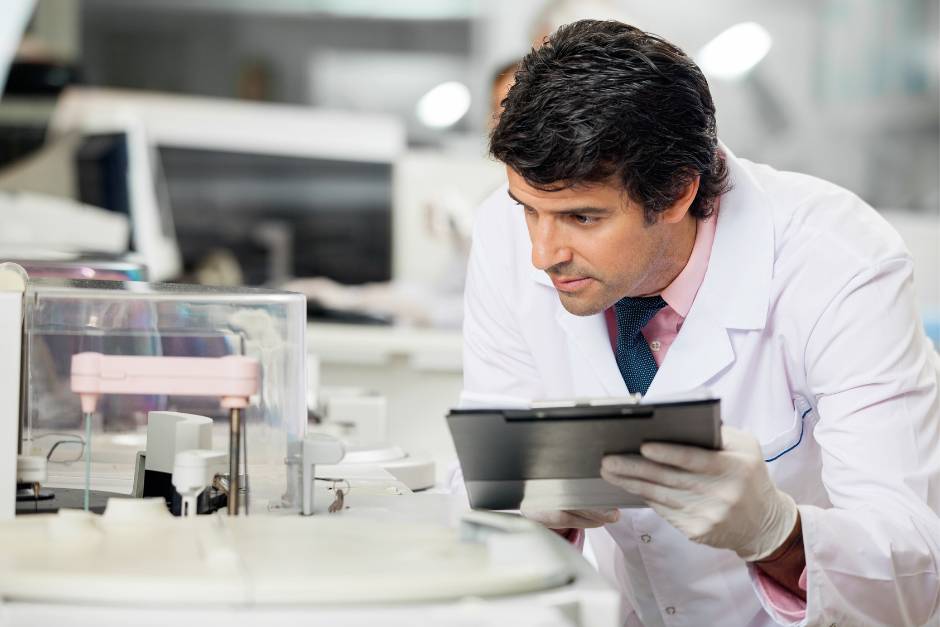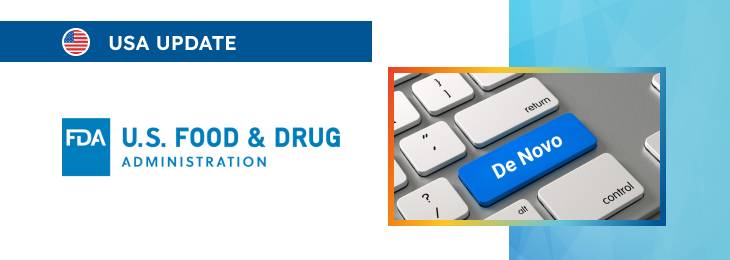The new article describes in detail the approach the authority applies when reviewing De Novo requests about medical devices utilising novel technologies.

Table of content
The Food and Drug Administration (FDA or the Agency), the US regulating authority in healthcare products, has published a guidance document dedicated to the De Novo Classification Process.
In particular, the document describes the aspects of evaluating Automatic Class III Designation. It provides an overview of the applicable regulatory requirements, as well as additional recommendations and clarifications to be considered by medical device manufacturers and other parties involved to ensure compliance.
At the same time, provisions of the guidance are non-binding in their legal nature, nor are they intended to introduce new rules or impose new obligations.
Moreover, the authority explicitly states that an alternative approach could be applied, provided such an approach is in line with the existing legal framework. It has been agreed with the authority in advance.
In particular, the document pays special attention to the review process to be conducted by the FDA, highlighting the key aspects to be considered by the parties involved.
510(k) Submission and Initial Determination
According to the guidance, the process commences with a 510(k) submission to be filed by a party interested in placing a medical device on the US market.
Should the FDA conclude that a device is Not Substantially Equivalent (NSE) due to the absence of a comparable predicate device, a new intended use, or distinct technological features, the device may be directed toward the De Novo classification process.
An NSE letter from the FDA does not guarantee that the existing 510(k) submission suffices for a successful De Novo request but indicates the potential suitability based on the device’s risk profile.

De Novo Request Process
The document further describes in detail the main steps of the review process undertaken by the authority, namely:
- Acceptance Review: Upon receipt of a De Novo request, the FDA launches an acceptance review to determine whether the submission contains essential information for a comprehensive review. Should a De Novo request fail to meet the applicable acceptance criteria, it is placed on hold pending additional information.
The FDA communicates its acceptance or need for further information within 15 days of receiving the request. - Substantive Review: Following acceptance, the authority conducts a substantive review, including a classification review, to identify if an existing device could serve as a predicate or if the device aligns with existing classification regulations. The absence of a legally marketed device of the same type advances the review process, as it is also intended to address the unmet needs of healthcare professionals and patients.
According to the guidance, the authority reserves the right to request additional information to be provided should such information be reasonably needed to complete the review process.
In such a request, an interested party should provide the said information within 180 days; otherwise, the request will be deemed withdrawn.
Outcomes of the De Novo Request
The guidance also describes the potential results of the review process, namely:
- Declined Requests: De Novo requests can be rejected for various reasons, such as insufficient performance data. A declined request results in the device remaining in class III, prohibiting legal marketing unless a new De Novo request or a Pre-Market Approval (PMA) application is submitted with additional data.
- Granted Requests: If a De Novo request overcomes all hurdles and meets applicable regulatory requirements, the FDA grants the request, classifying the device into class I or II and establishing unique controls. This classification allows immediate marketing of the device, which can serve as a predicate for future 510(k) submissions.
A final order is published in the Federal Register within 30 days, codifying the device’s identification and classification.
Conclusion
Introducing the De Novo framework constitutes an important step towards expanding the availability of innovative medical devices and streamlining the associated regulatory procedures.
The present guidance document issued by the FDA elaborates on the key concepts of the respective regulatory process. It provides additional clarifications regarding the steps to be taken by all the parties involved.
How Can RegDesk Help?
RegDesk is an AI-powered Regulatory Information Management System (RIMS) designed to simplify global compliance for medical device companies. With regulatory intelligence covering 120+ markets, RegDesk helps you prepare and publish global submissions, manage standards, conduct impact assessments, and stay ahead of regulatory changes all from a single, centralized platform. Expanding into new markets has never been easier.

